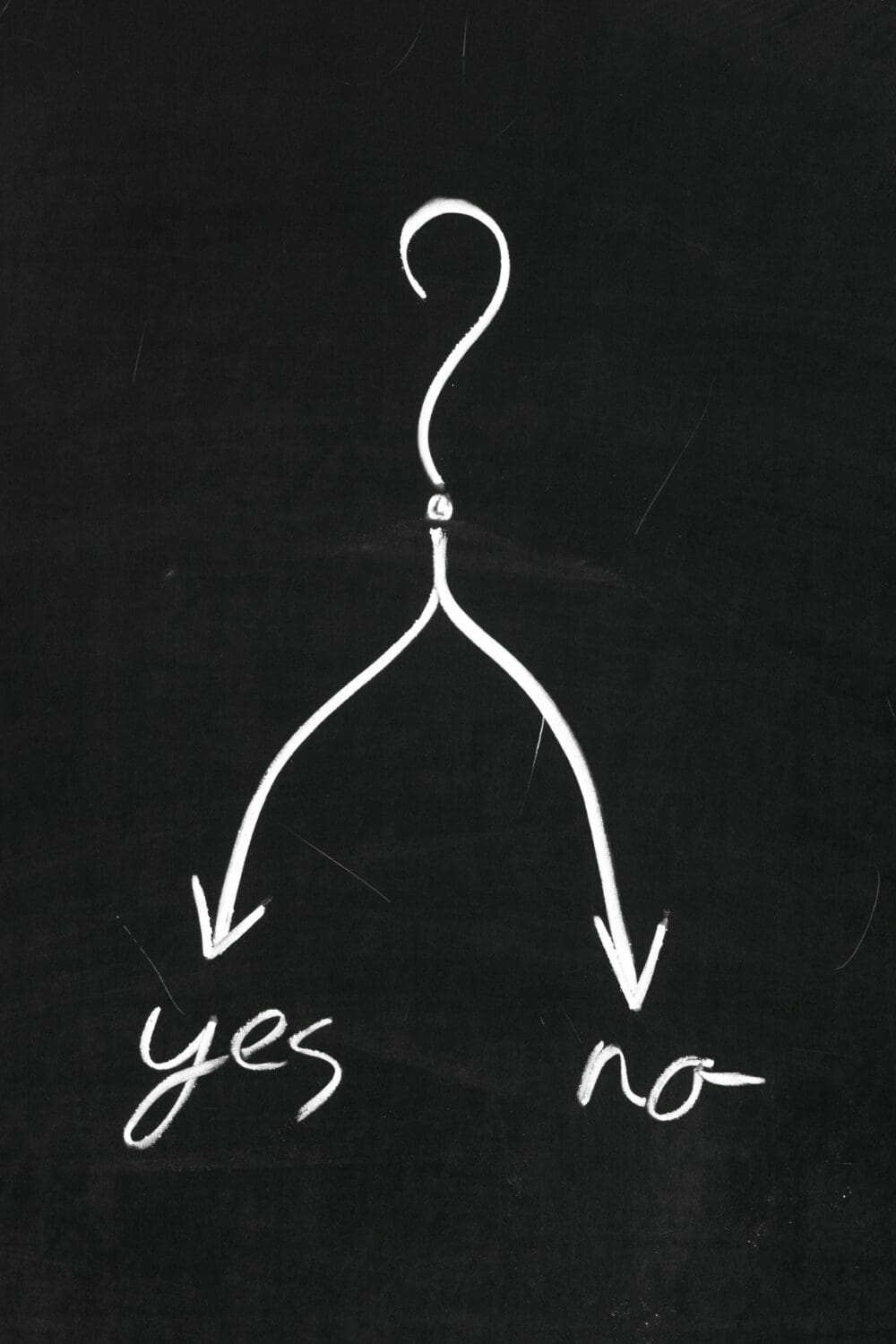You know the moment — three WhatsApps, an email from the captain, and a knock on your cabin door… all before you’ve finished your morning matcha. Suddenly, your to-do list triples, your personal space vanishes, and the day hasn’t even officially started.
In a role that demands precision, diplomacy, and superhuman patience, purser boundaries aren’t a luxury — they’re survival. Yet somehow, many of us still treat them as optional.
Let’s change that.
The Myth of the “Always Available” Purser
Somewhere along the way, “good purser” became synonymous with “always reachable.” But accessibility isn’t the same as effectiveness.
When you’re constantly switched on — replying instantly, solving everyone’s problems, available on every platform — your energy becomes fragmented. You might look efficient on the surface, but internally, you’re running on autopilot.
A calm, centred purser leads better than a constantly available one. Boundaries don’t make you distant — they make you dependable.
The Three Boundaries Every Purser Needs
1. Operational Boundaries
You can’t run the ship’s admin if your own time management has sunk.
Set structure, communicate it clearly, and stick to it.
If it’s urgent, call.
If it can wait, email.
If it’s unclear, clarify.
Protecting your workflow allows you to respond with purpose instead of panic.
2. Emotional Boundaries
You can care deeply about your crew without absorbing their chaos.
A big part of leadership is learning to listen without carrying.
Support, yes. Absorb, no.
The emotional temperature of a yacht often mirrors its purser — so stay balanced, not burdened.
3. Energy Boundaries
Not every break has to be a day off. Sometimes it’s a five-minute walk, a deep breath on deck, or simply closing your laptop when you said you would.
You’re not being difficult. You’re designing the conditions that make you effective.
The Elegant “No”
Saying no isn’t a rejection — it’s a redirection.
And when done with diplomacy, it becomes one of your strongest leadership tools.
Try these instead of the hard stop:
-
“Let me review the current schedule and get back to you.”
-
“I’ll need to check logistics before confirming.”
-
“That’s not possible right now, but here’s an alternative.”
The best boundaries are invisible. They sound like efficiency, not defiance.
Recognising the Red Flags of Burnout
When you start running on fumes, clarity is the first to go — and clarity is your power.
Watch for the warning signs:
-
You’re snapping more easily.
-
Sleep feels like a luxury.
-
You’ve stopped finding humour in the small things.
-
You’ve lost empathy for the people you lead.
These aren’t signs of weakness — they’re reminders you’ve been giving too much for too long.
The Reset Ritual
A reset doesn’t have to mean a sabbatical or spa retreat (though we wouldn’t say no).
Sometimes it’s a ten-minute pause, a playlist that grounds you, or a moment of silence before you dive back into admin mode.
A purser without boundaries eventually becomes a purser without presence. Protect both.
Final Thought
Boundaries aren’t barriers — they’re quiet declarations of self-respect.
And when you lead from that place, everyone onboard benefits.
If you’re craving more structure, sanity, and systems that work with you — not against you — keep an eye on what’s coming up inside The Purser Desk. We’re redefining calm command, one purser at a time.








Instagram
Visuals of lfe onboard, styled to scroll.
Follow Along
LinkedIn
A sharper take on yachting operations.
Let's Get Professional
Pinterest
The mood board for modern yachting life.
Pin the Vision